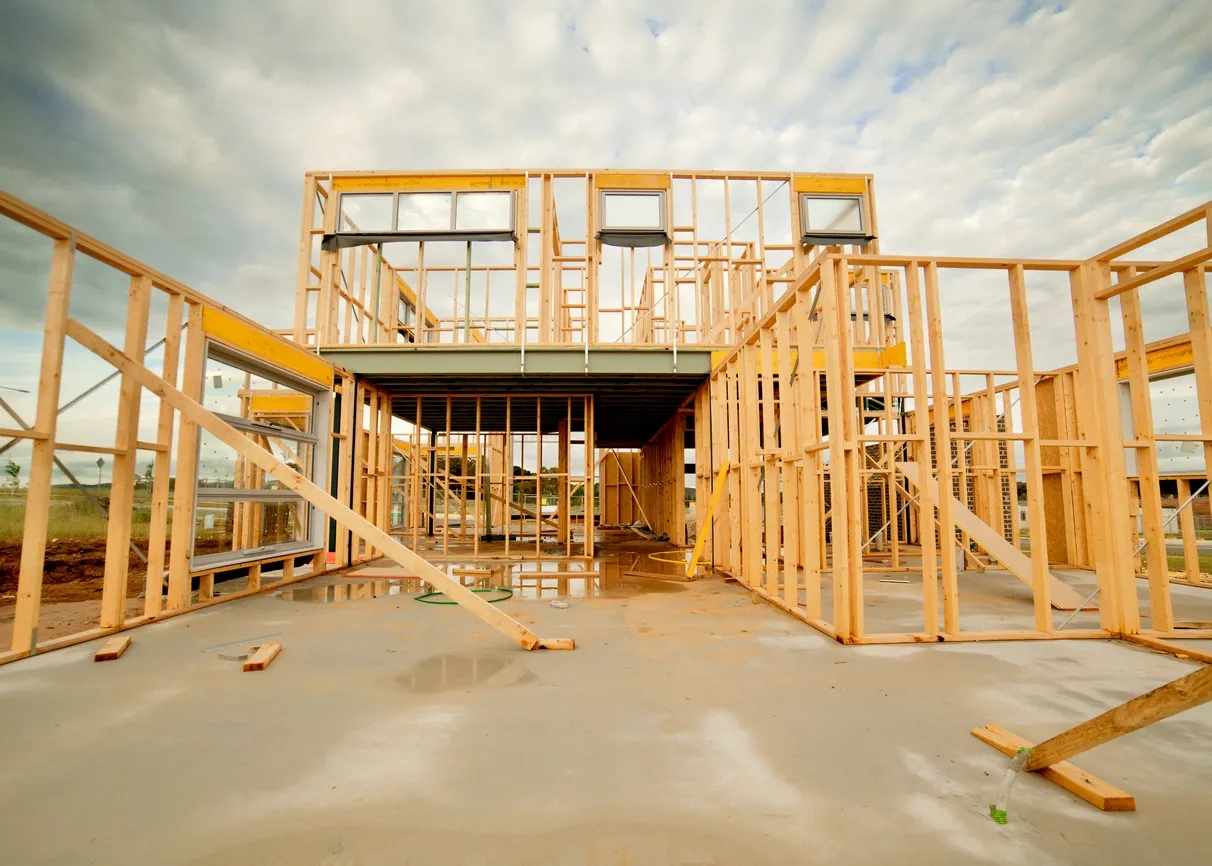
Supply and Demand of Building Materials
As a result of Covid-19, the home building industry has seen some real volatility in the cost of lumber and other materials, as well as longer lead times for certain supplies. These challenges can be met with proper planning, managing expectations, and understanding what is driving the supply and demand of building materials. Here is our take on the current situation.
Why is Lumber So Expensive?
According to the NAHB, “lumber prices have skyrocketed more than 300% since last spring.” NAHB Chairman, Chuck Fowke, noted, “The elevated price of lumber is adding approximately $24,000 to the price of a new home,” Fowke said. “Though builders continue to see strong buyer traffic, recent increases for material costs and delivery times, particularly for softwood lumber, have depressed builder sentiment this month. NAHB is working with policy makers to develop solutions to these sharp price increases. The supply and demand of building materials is at an all-time high.
Pent Up Demand Keeps Prices High
Like any other industry, Covid-19 heavily impacted production and workforces availability. Now that the vaccine has rolled out and there is a “return to normal” the prices continue to climb. Much of the reason for this is pent-up demand. According to Forbes, “Even though lumber mills and suppliers are motivated by high prices to produce as much as possible in order to meet the surge of demand, they still can’t keep and prices won’t budge.”
With a year of working virtually, stimulus checks, and overall lower expenses, the average consumer has more money in their pocket. This may set up a perfect storm for inflation, but for now, it simply requires businesses in the housing industry to adapt and pivot.
The Parker Approach
Chris Parker, President of Parker Design Build Remodel, notes, “We have adapted our business model to respond to changes in the market. We now order appliances, for example, as soon as the contract is signed whereas pre-Covid, we would wait until closer to installation. We anticipate longer lead times so that we can continue to move the project forward and adjust our timelines and production schedules accordingly.”
Parker also notes that this type of volatility is somewhat typical in the construction industry. When a large natural disaster occurs, for example, these types of supply and demand issues can occur, although somewhat more limited. The supply and demand of building materials is always fluctuating. Parker emphasizes the importance of working with a builder or remodeler who has the experience, business savvy, and cash flow to whether the storm.
The best advice we can offer is to work with your builder to understand the current climate and to ensure your builder has their finger on the pulse of the industry. If you are thinking about remodeling, understand that the project may cost a little more or take a little longer, depending on lead times. Financing your project is another great way to take advantage of low interest rates and still make your home more suited to today’s lifestyles.
Are you ready to get started? Contact Parker Design Build Remodel today, to schedule a discovery meeting.



